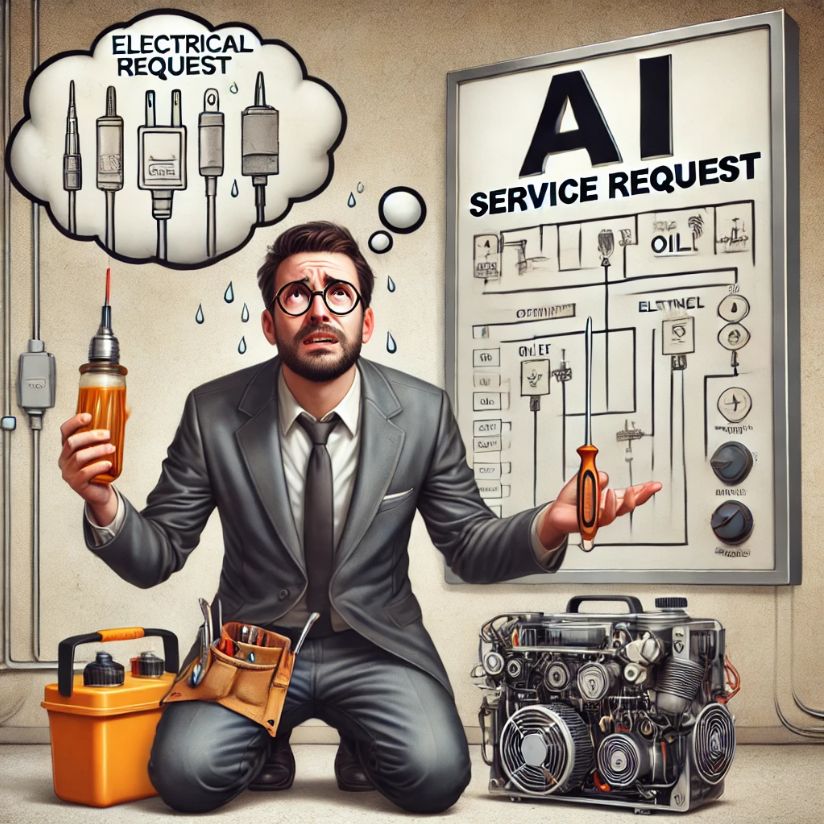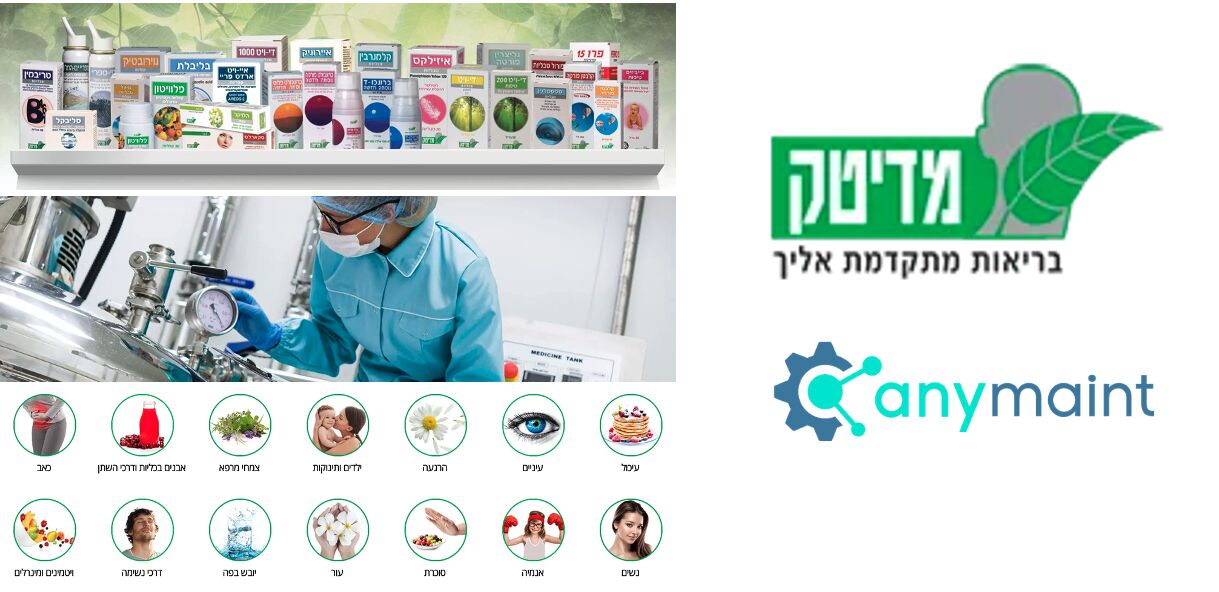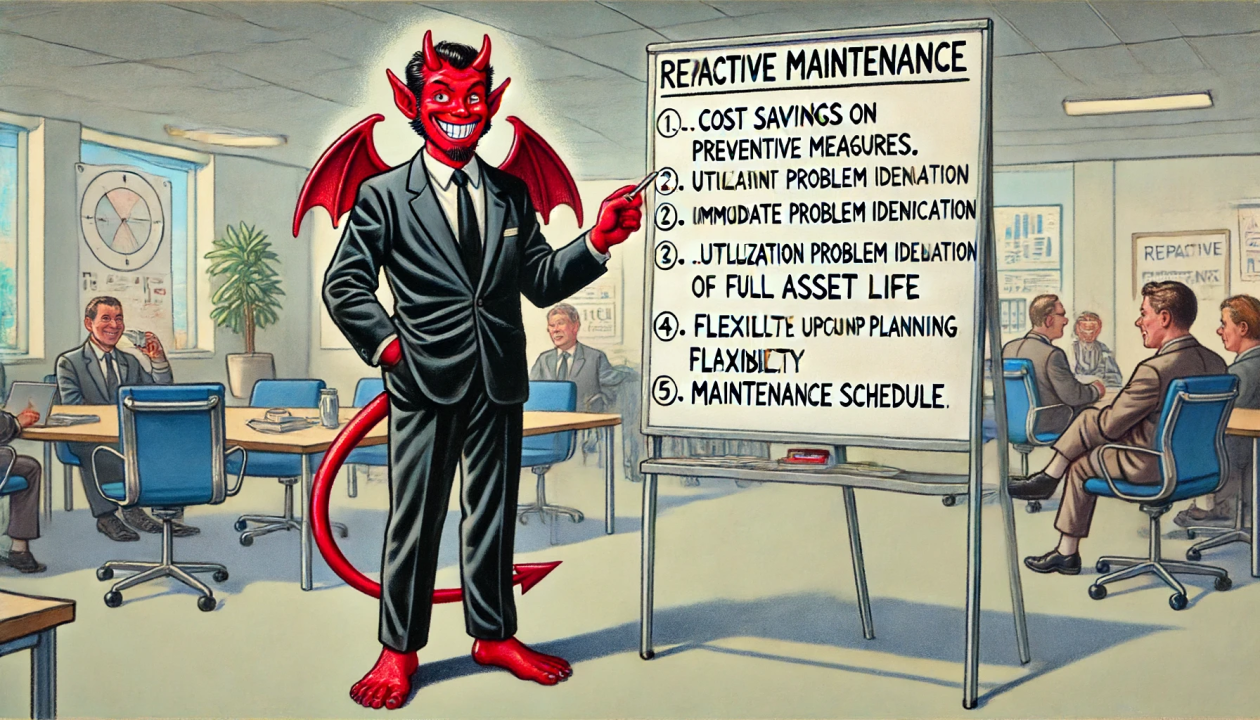Overestimating Fancy Features in CMMS: Why Core Functions Should Come First.
In the past two years, customers, investors, and collaborators have increasingly asked for AI features in Computerized Maintenance Management Systems (CMMS). Yes, we have them. In fact, we release new, cutting-edge features all the time. But let me be frank: it’s a bit like selling a Stradivarius violin to a second-year music student. Sure, it’s better than a standard instrument and can elevate performance, but is it really the first thing to consider when buying an instrument? Probably not.
The same principle applies to CMMS. Basic maintenance software features may sound too familiar—even boring—to talk about. But here’s the reality: your team will use these features tens of thousands of times. Every unnecessary click will be repeated hundreds of thousands of times. Every missing column in the database will result in hours of manual work to complete the data. On the flip side, a well-designed and inviting interface can help sustain a superior maintenance process, facilitate data analysis, and enable smarter work practices. Isn’t this worth a closer look during the sales meetings?
I’ve spent countless hours explaining advanced AI features to managers running failure-mode maintenance without even using an Excel sheet to record main failures. Let’s be honest: shouldn’t basic reporting come first? It’s crucial to get the fundamentals right before layering on the advanced capabilities. AI and other fancy features shine when there’s a solid foundation to support them.
Of course, I understand that customers want the best package for their money. And here at AnyMaint, we work tirelessly to build a comprehensive and innovative platform that exceeds expectations. But if I can offer one piece of advice: ask how we can solve your current problems today. The AI will be ready for you when you need it—but let’s ensure the basics are in place first.
Core functions like preventive maintenance and failure corrections are the backbone of any effective CMMS. They might not have the same buzzword appeal as AI, but they’re indispensable for sustaining and optimizing your maintenance operations. With the right fundamentals, your team will be better equipped to reduce downtime, improve efficiency, and prepare for the future when those fancy features become genuinely indispensable.












